Hoofing it through the San Juans
share

LA JARA, Colo. — Seven riders on horseback drove 1,400 sheep across 50 miles of the remote San Juan Mountains with the help of seven dogs in five days during the 21st annual Valdez family sheep drive.
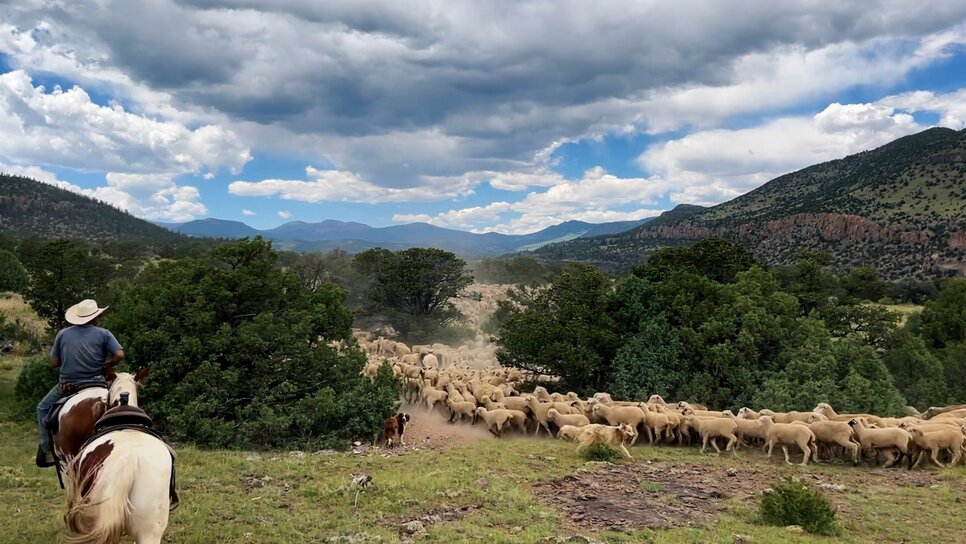
The sheep know the way to the 10-by-3 mile stretch of grazing lands allocated within a Forest Service grazing permit high in the Rio Grande National Forest above Platoro. Alternating rugged mountain terrain and high meadows mark the steep and often arduous trip along the historic livestock trail.
Preparing for the Journey
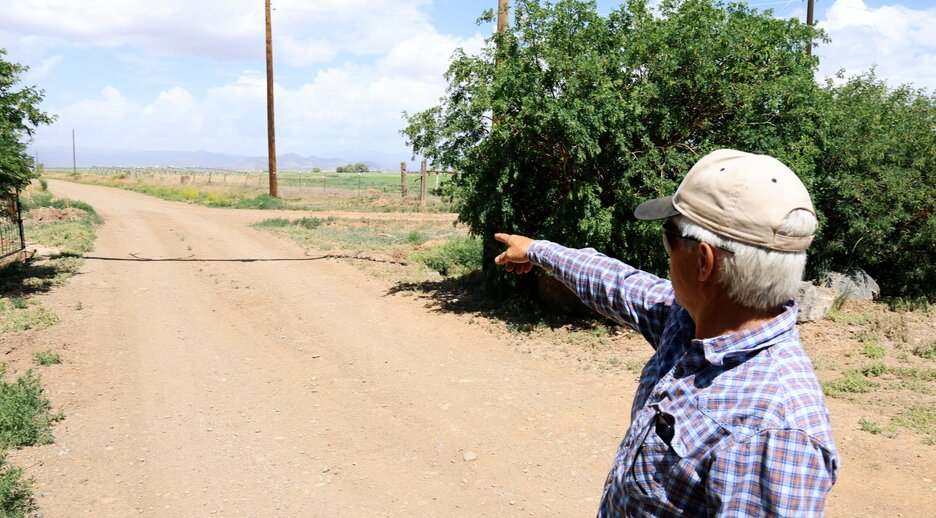

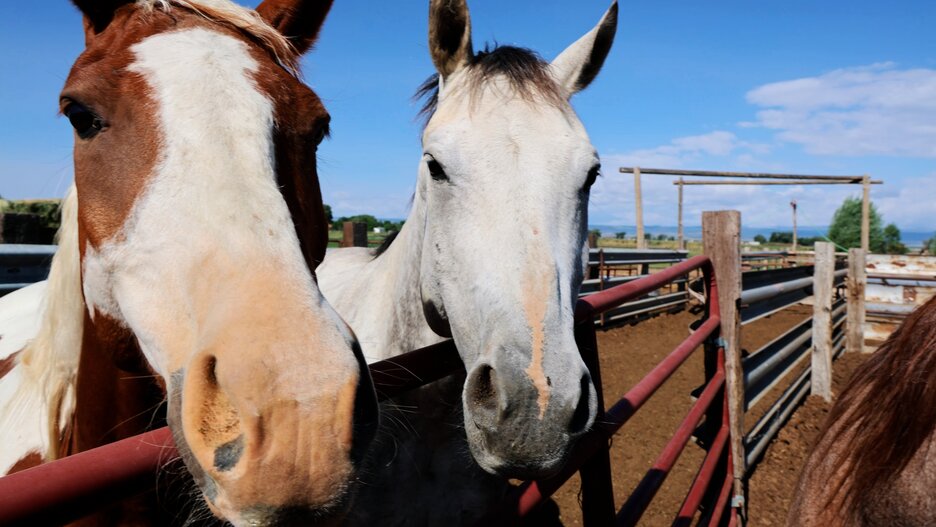
Top row, L-R: Lionel Valdez points to the trail and permitted grazing area in the San Juans. The starting point of the stock trail is Jacobs Hill. Bottom row, L-R: Spur and Jueves will ride the trail. Wizard the dog will also go on the trail. Valdez makes homemade beef jerky with red and green chile for the sheep drive.
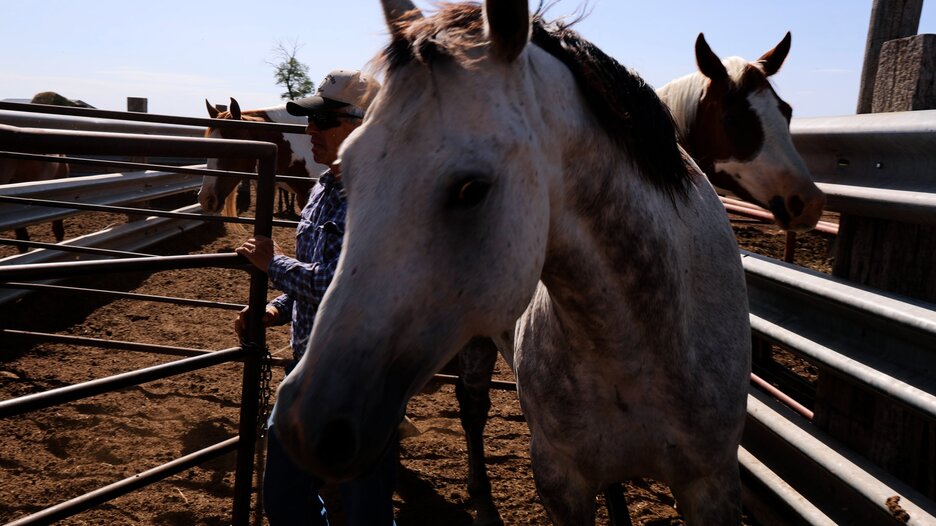
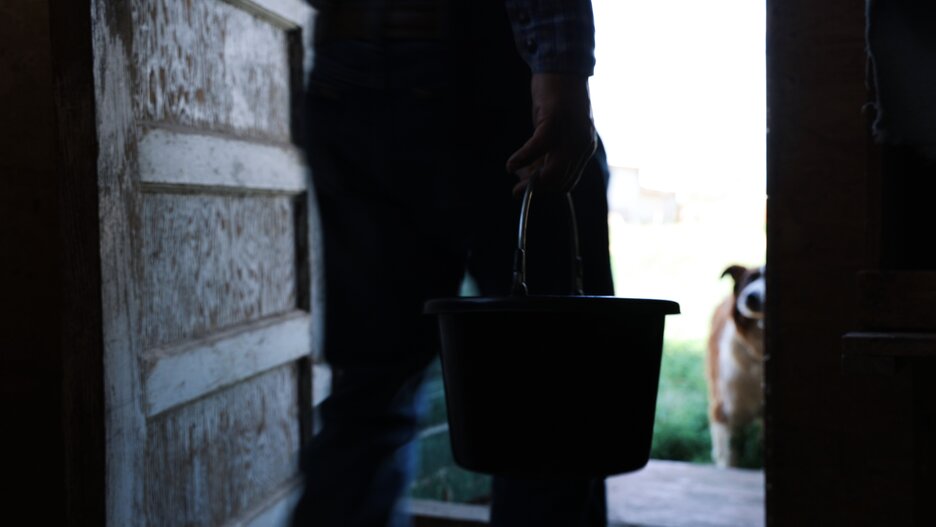
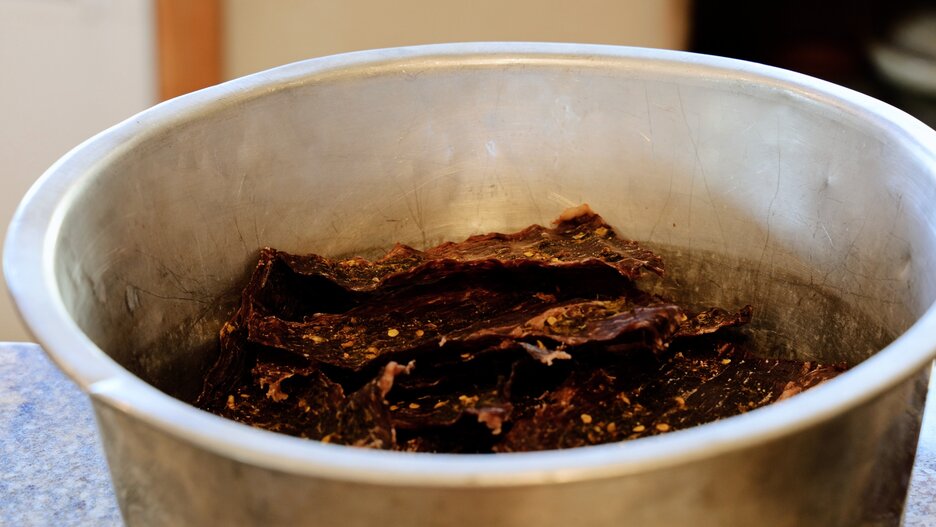
Once they reach their grazing allocation, each permitted herd manager follows a rotational grazing plan designed toward a balanced forest ecosystem supporting plant diversity while reducing fire fuel. This forest hosts 83 cattle and sheep permits annually. The Valdez family is one of a few left who utilize a grazing permit for sheep.
The annual mountain grazing period runs from June through September, though shorter grasses due to drought and environmental conditions can push back the start date. In 2024, the sheep drive began Sunday, July 7.
The Forest Service meets with Valdez each year to determine the start window of the sheep drive and to plan the grazing rotation. Valdez and his shepherd, Dimas, will cycle the flock between three grazing areas within the allotment over three months. When the sheep come back down off the mountain, around 100 replacement ewe lambs are retained. Lambs that aren’t kept as ewes are sold at market. An average ewe, if kept, will make the annual trek seven or eight times in their life — that’s how the herd knows where to go.
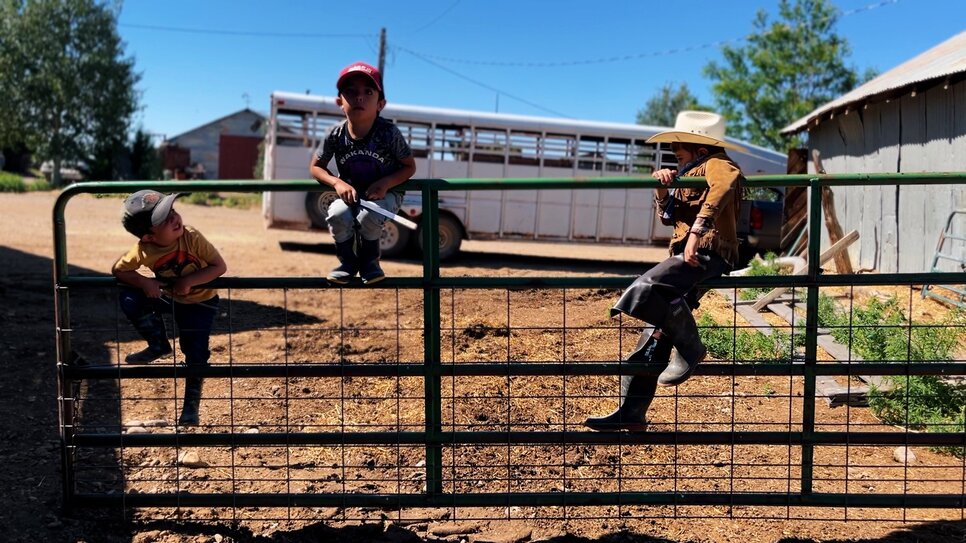
The Valdez ranch is a state-designated Centennial Ranch, honored in 1994 for being held within the same family for over 100 years. Established in 1890 by Valdez’ great-grandfather Petrolino Maestas, the operation remains a family affair. Three generations of sheep herders — Valdez, his family and siblings’ families, sons Ben and Nick, and Nick’s three young children and wife — assist with every aspect of the annual drive.
Loading the Sheep for the Annual Drive
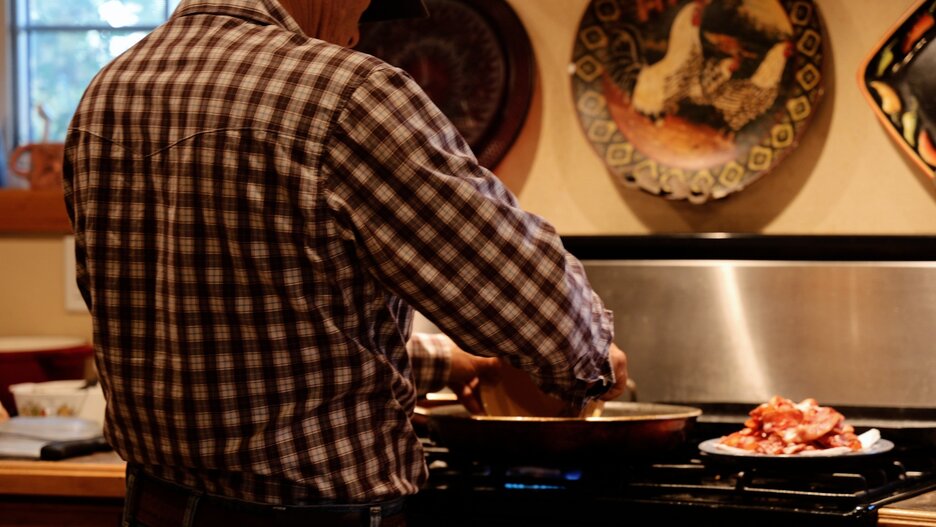
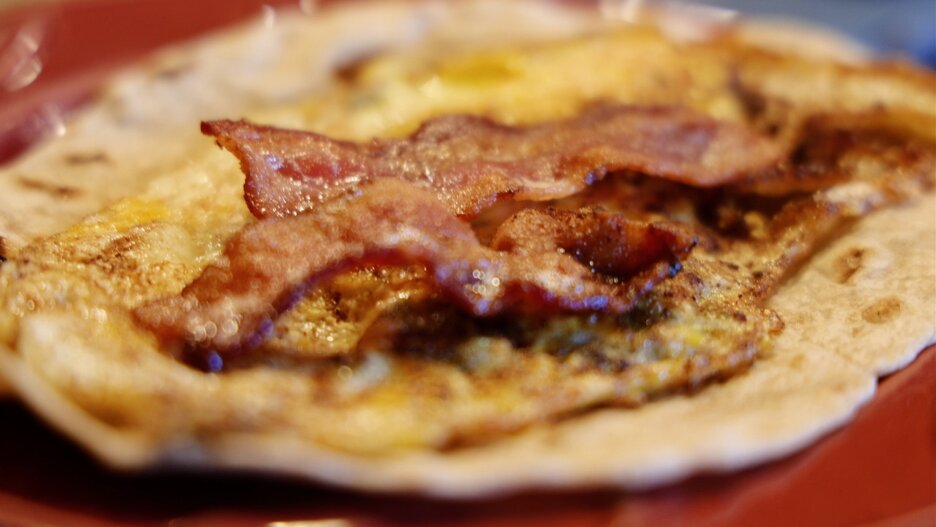
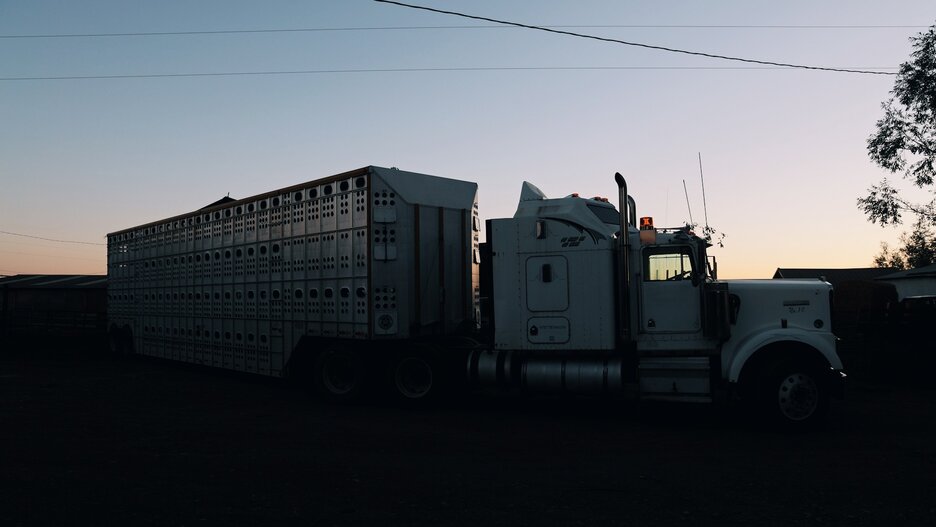
Breakfast is an important meal on the Valdez family ranch. Homemade tortillas, backyard eggs, bacon and green chile are on the menu.
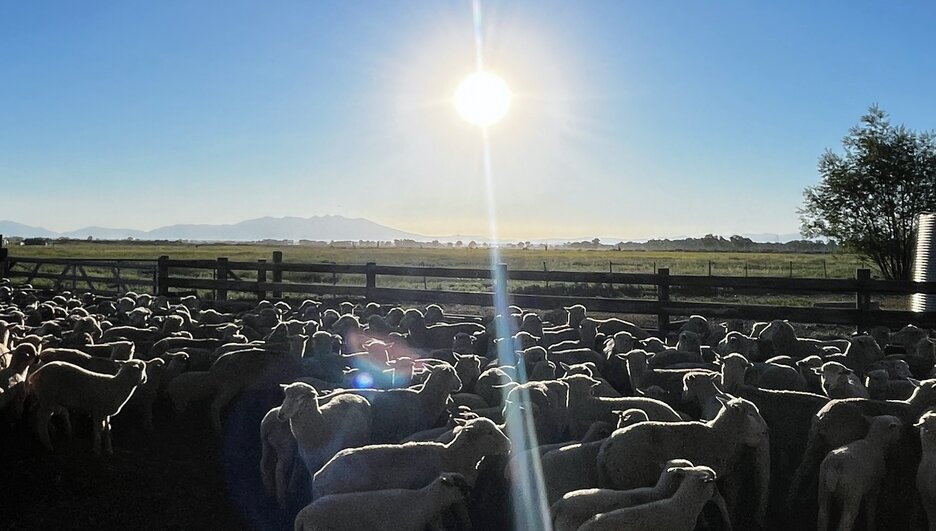
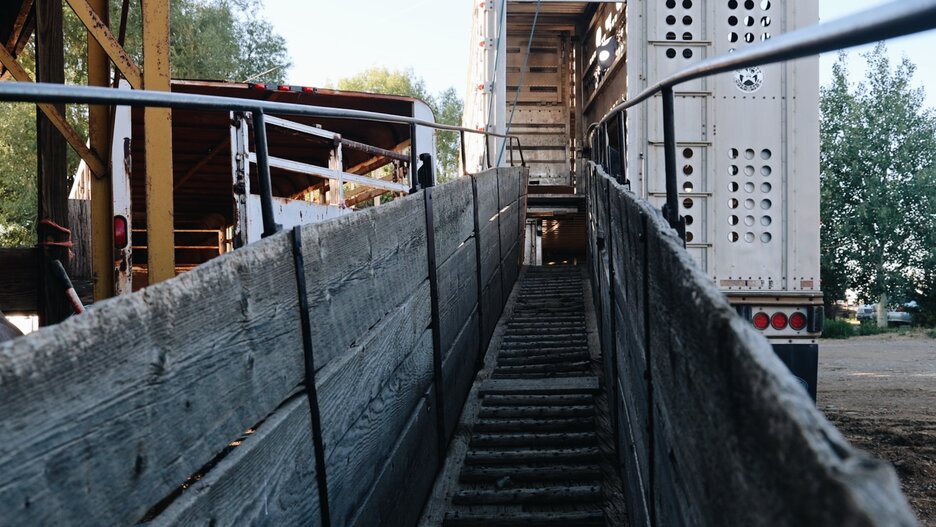
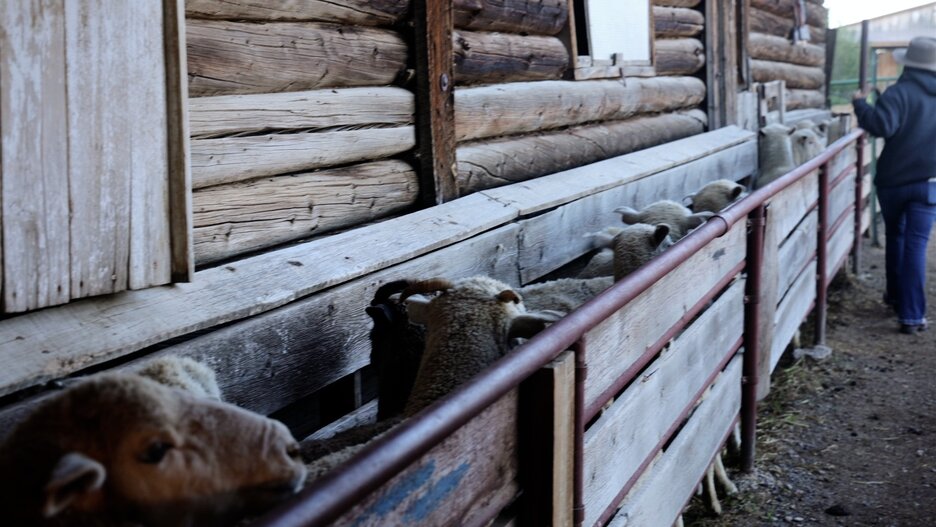
The sheep trailer stands waiting early in the morning while the flock are gathered to be loaded onto the trailer. The chute leads from the barn to the semi. Four lucky sheep will receive a bell before being loaded onto the trailer.
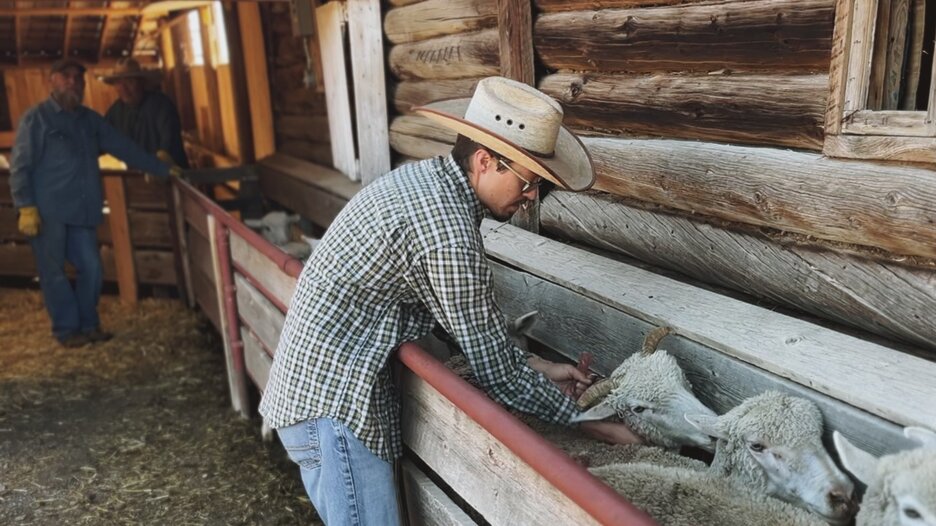
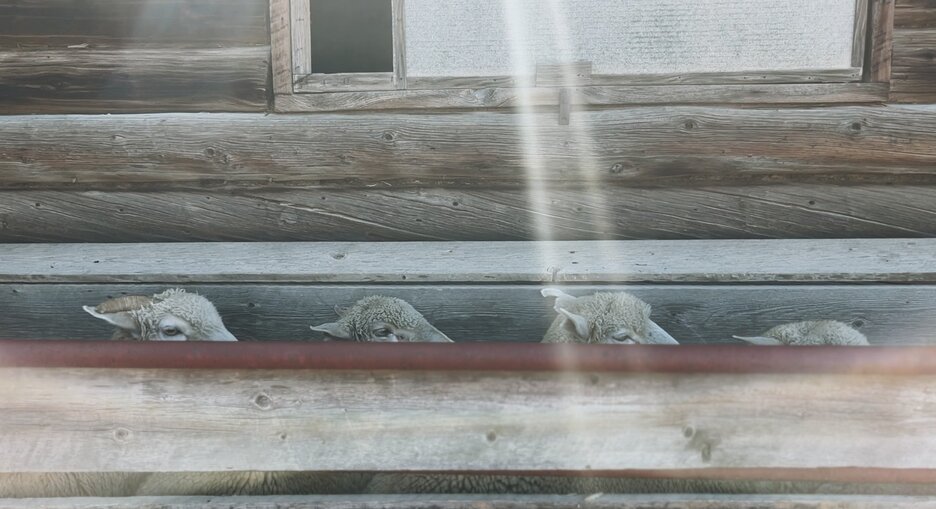
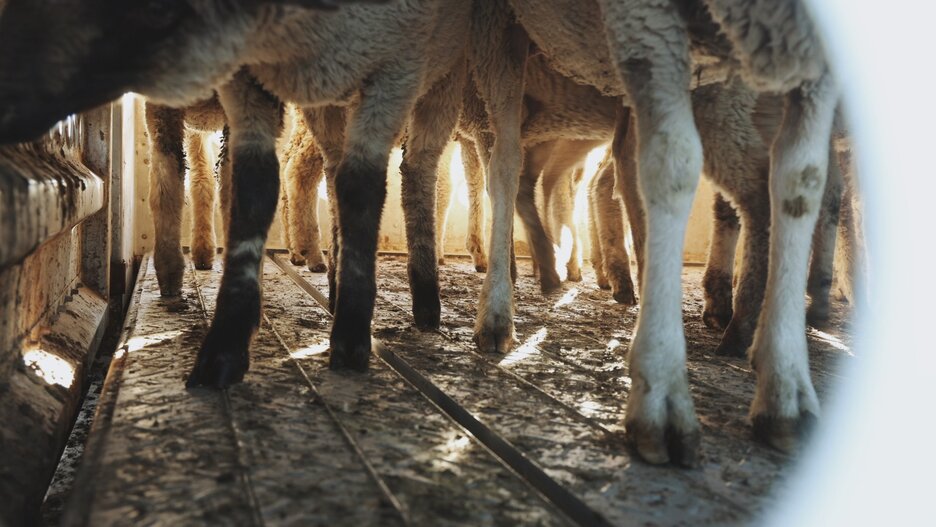
On Sunday, the family and a few extra hands rise early and meet at the homestead ranch near La Jara to load sheep onto a waiting three-tiered semi trailer.
The sheep are corralled into a succession of outdoor pens into a sectioned barn, where they walk up a chute onto the trailer.
The sheep are driven about 40 minutes by semi to the first corral near the Devil’s Biscuit in La Jara Canyon west of Capulin, where they await an initial five-mile prairie drive to Jacobs Hill to spend the first night. It takes three semi trips to transport the flock to the holding corral.
The sheep are corralled into a succession of outdoor pens into a sectioned barn, where they walk up a chute onto the trailer.
The sheep are driven about 40 minutes by semi to the first corral near the Devil’s Biscuit in La Jara Canyon west of Capulin, where they await an initial five-mile prairie drive to Jacobs Hill to spend the first night. It takes three semi trips to transport the flock to the holding corral.
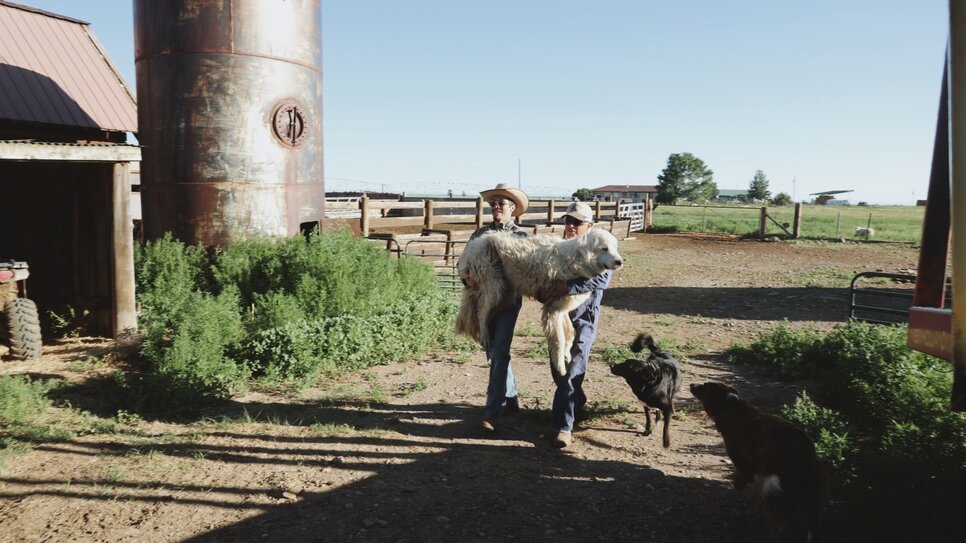
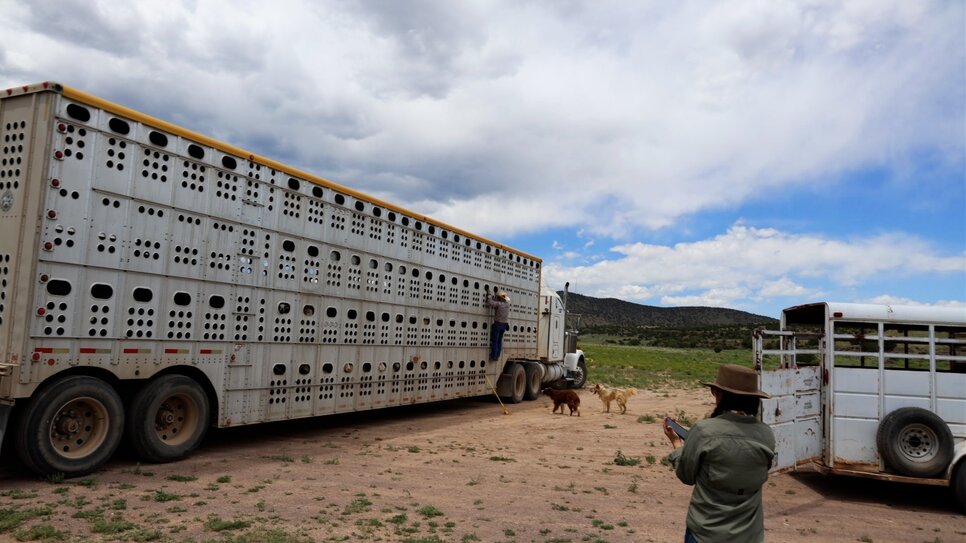
A sheep dog is loaded in with the sheep. Below, sheep are unloaded at the Devil’s Biscuit west of Capulin, Colorado on the road to Terrace Reservoir in La Jara Canyon.
Each day on the trail pushes the sheep further up and into the heart of the San Juan mountains. Through the desert plains, aspen forested foothills, high meadows and rocky slopes, the sheep move in a unified huddle. They stop in the meadows to graze and rest before pushing further up into the mountains. This year, rain has kept the area verdant and lush, a shift from more recent years of drought and shorter, drier grazing pastures. There has been enough rain for livestock to drink on the way, but not too much as to create stuck or impassable conditions.
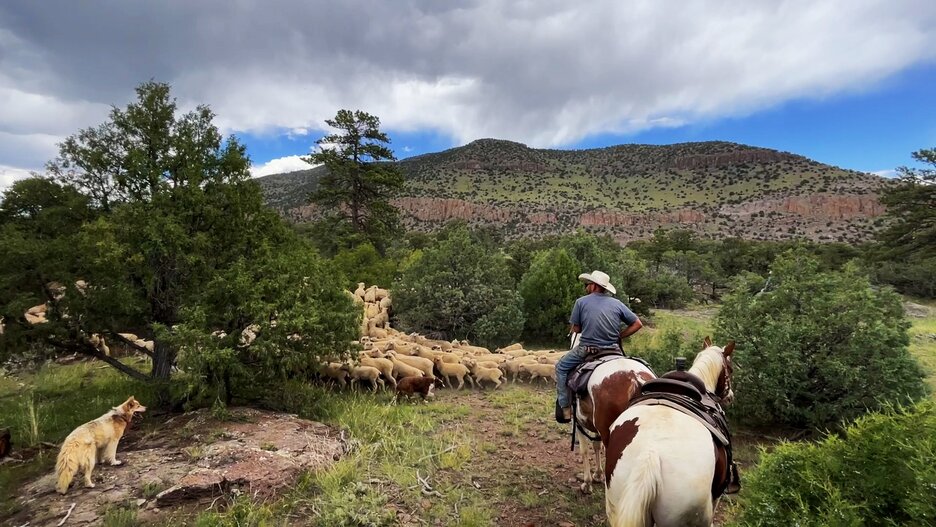
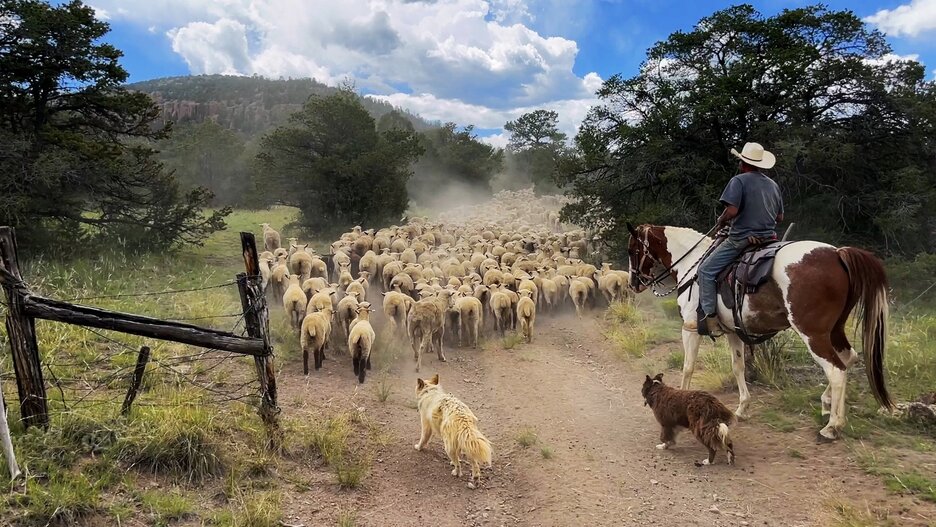
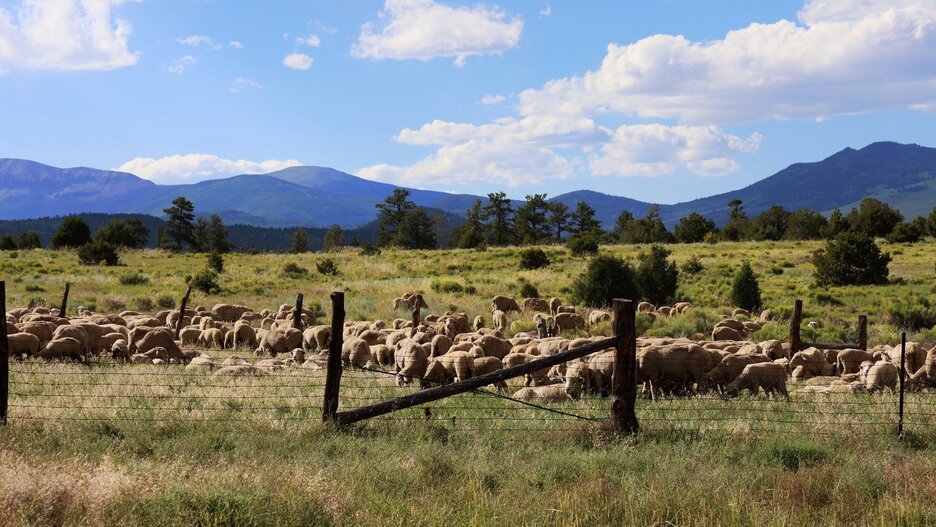
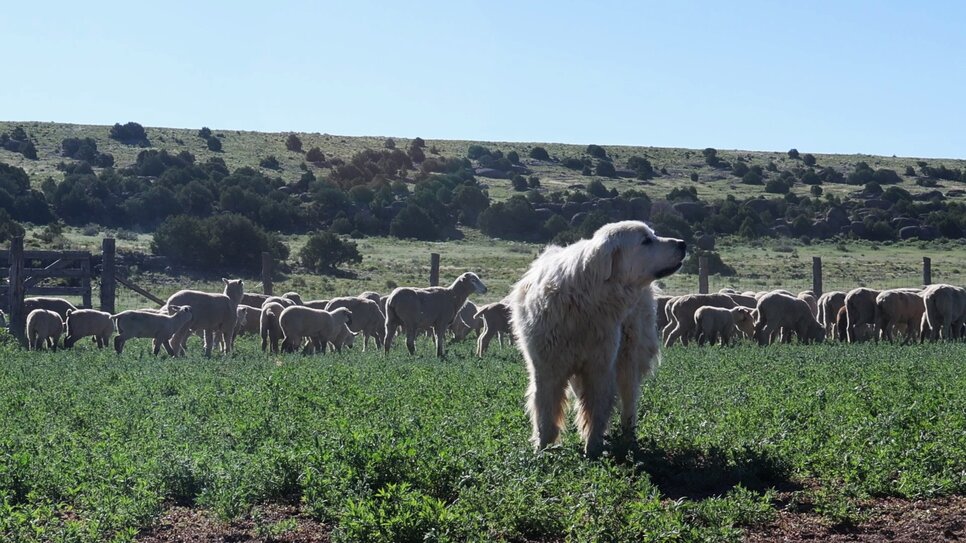
Dogs work tirelessly along the perimeter of the herd, traveling at the height of their energy to pace the sheep through the mountain terrain. Ranchers command the dogs with verbal cues and whistles, and shriek vowels in high-pitched voices to move the sheep along.
Lost lambs, high timber jumps, deep ravines and thickly vegetated woodlands keep the canine pack occupied. At times, the drive grinds to a halt as a bottleneck or stray sheep cause the herders to pause.
Lost lambs, high timber jumps, deep ravines and thickly vegetated woodlands keep the canine pack occupied. At times, the drive grinds to a halt as a bottleneck or stray sheep cause the herders to pause.
Sheep Drive Day 2
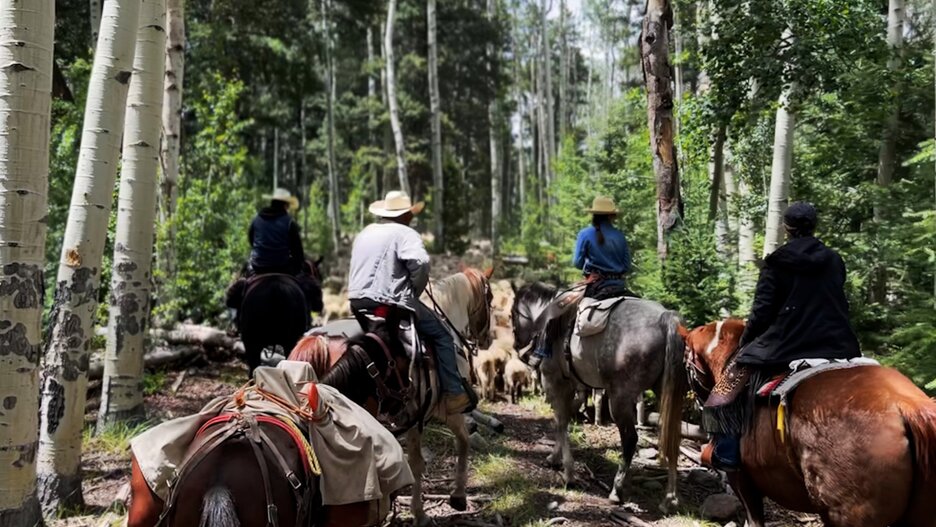
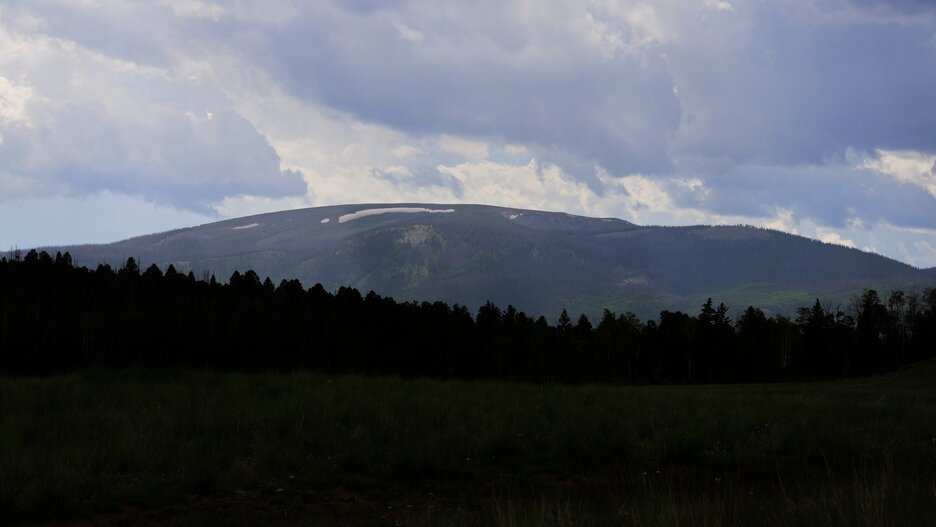

Riders push 1,400 sheep through the rugged San Juan mountains on Day 2 of the 21st Annual Valdez Family Sheep Drive.
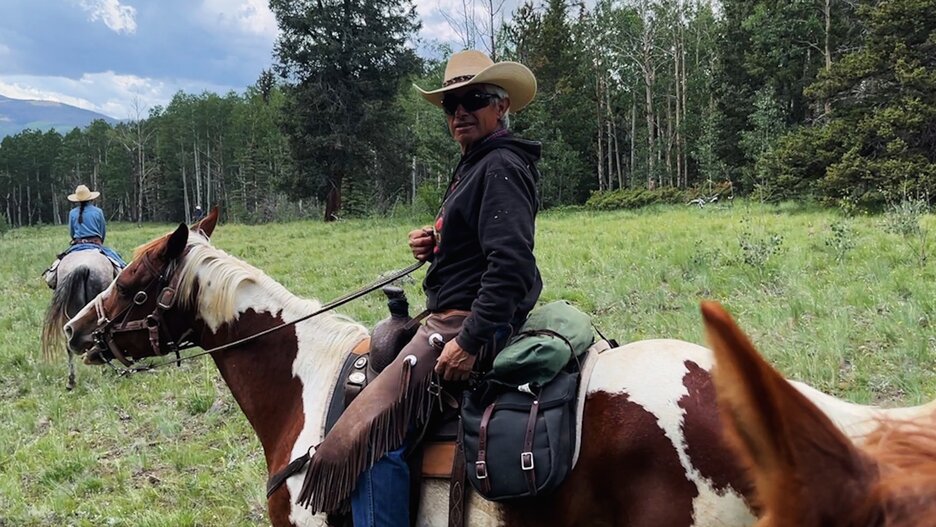
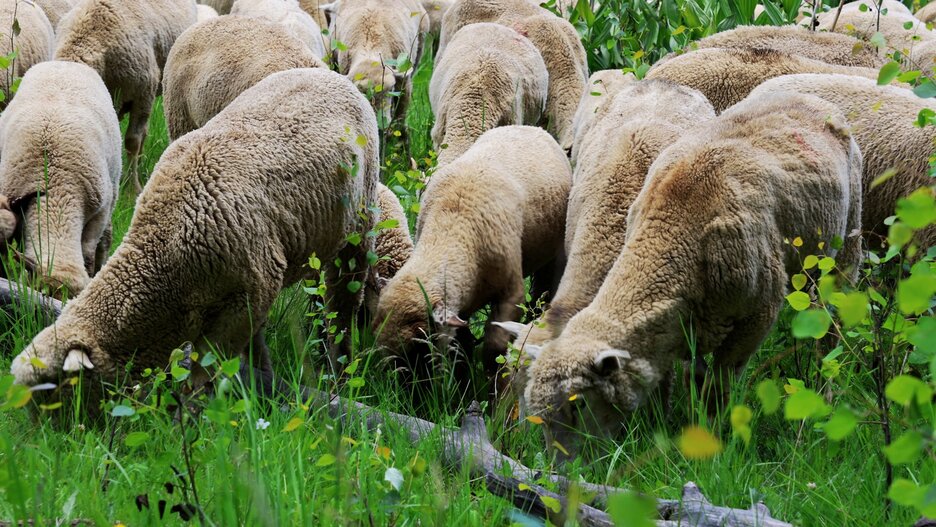
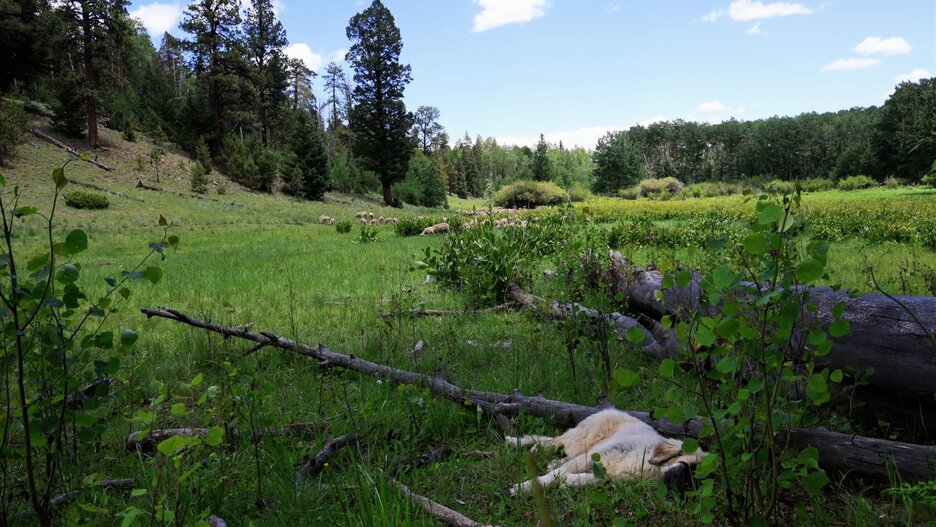
Ascending rocky shale slopes move into deep, wide grassy down slopes inside a dense forest. Lush, rolling meadows are outlined by springs and creeks. Each day is paced with harsh riding and driving conditions followed by several hours of letting the sheep graze in large, high-altitude meadows. The sheep, dogs, horses and riders alike are able to recharge before the next leg of the journey.
As the sheep and dogs rest, horses and their riders are careful not to venture too close to the grazing animals. The dogs protect the sheep at all costs, which means barking at humans and chasing animals that come too close.
Sheep Drive Day 3
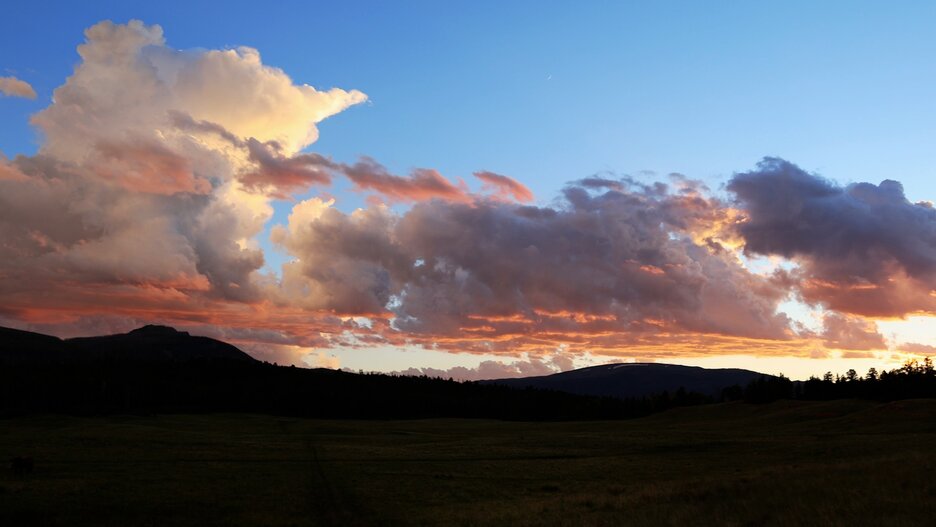
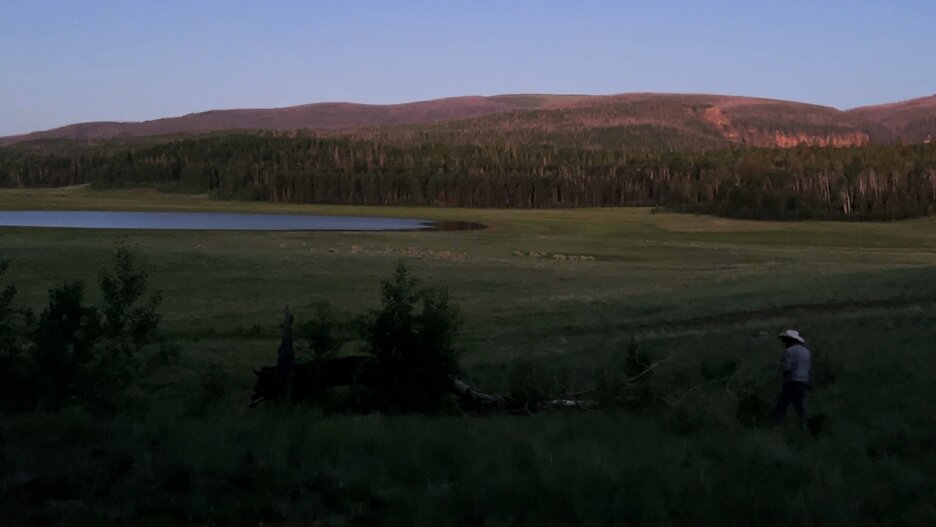

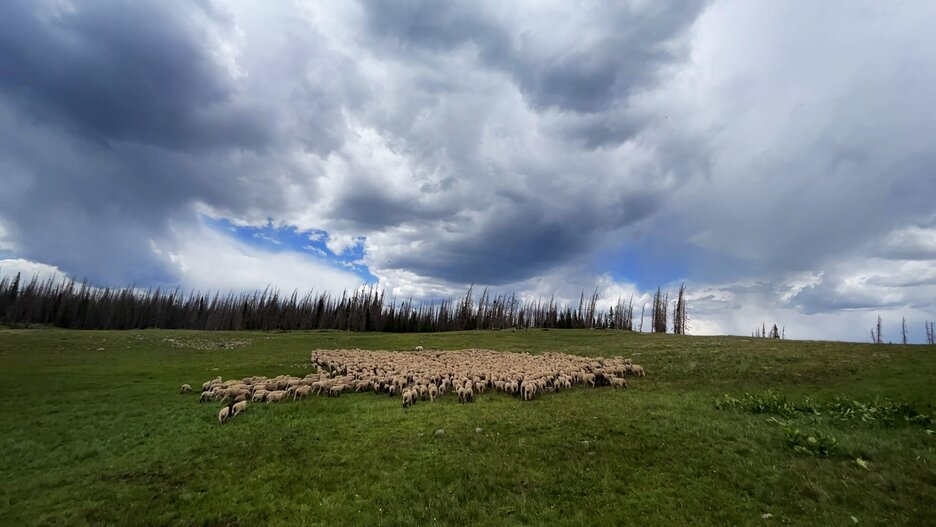
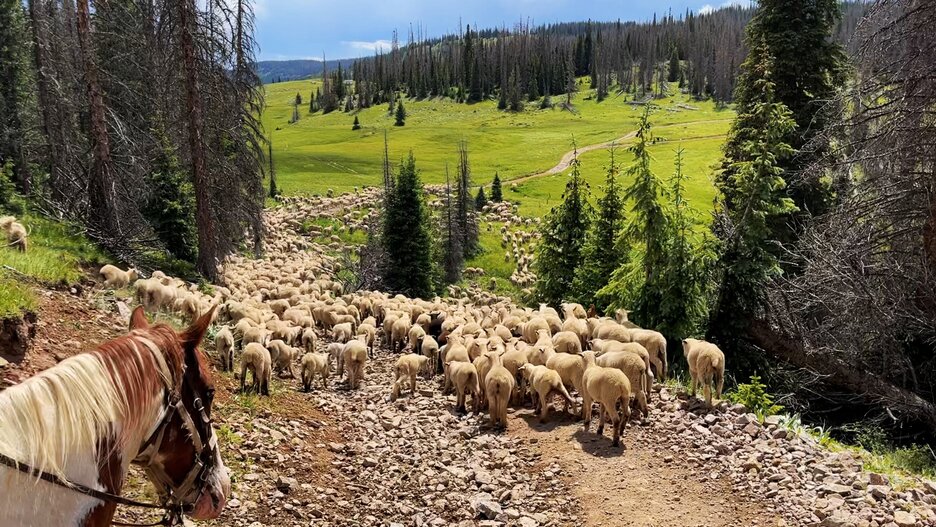
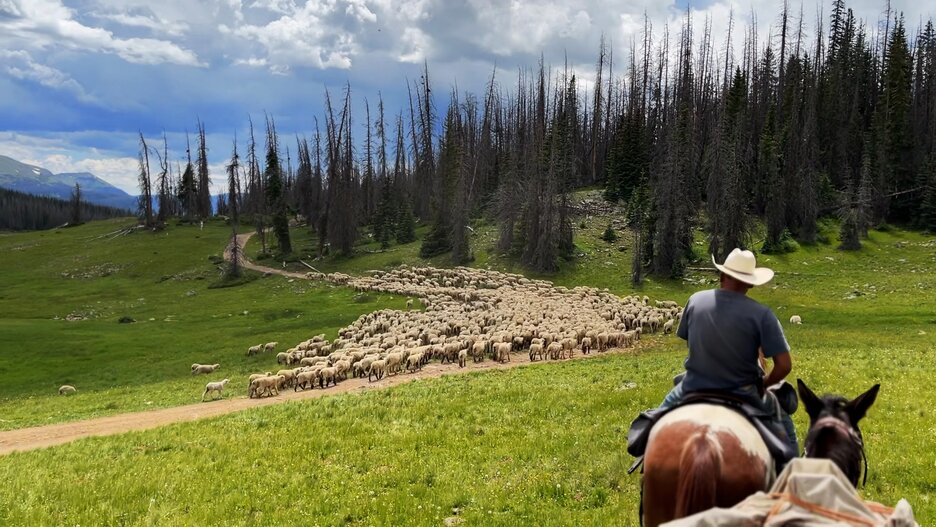
Each evening, the team arrives at a pasture where the horses are watered, fed, then staked overnight. Camp is made by extended family, most of whom are rider alumni. The family drives in at points on the trail to unload and set up camp, including tents, a kitchen, a water station, and a campfire, before the riders arrive.
Sheep Drive Day 4
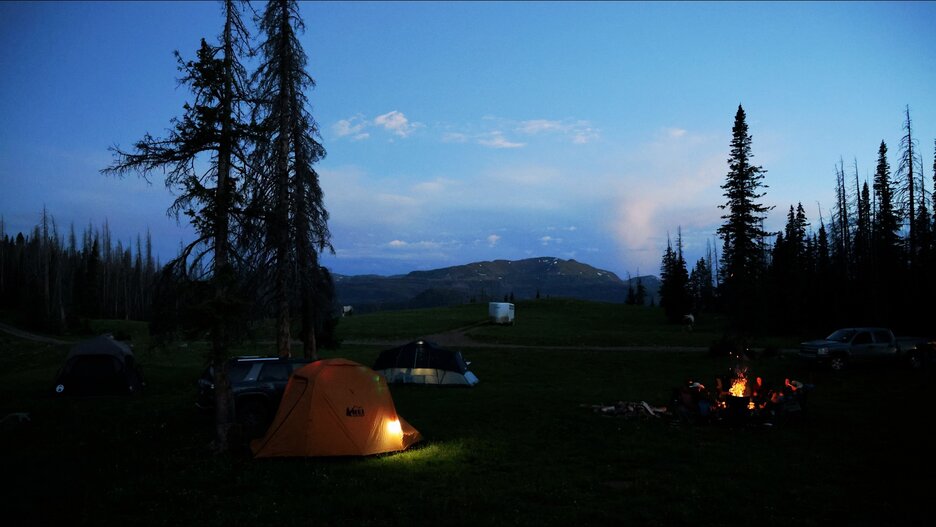
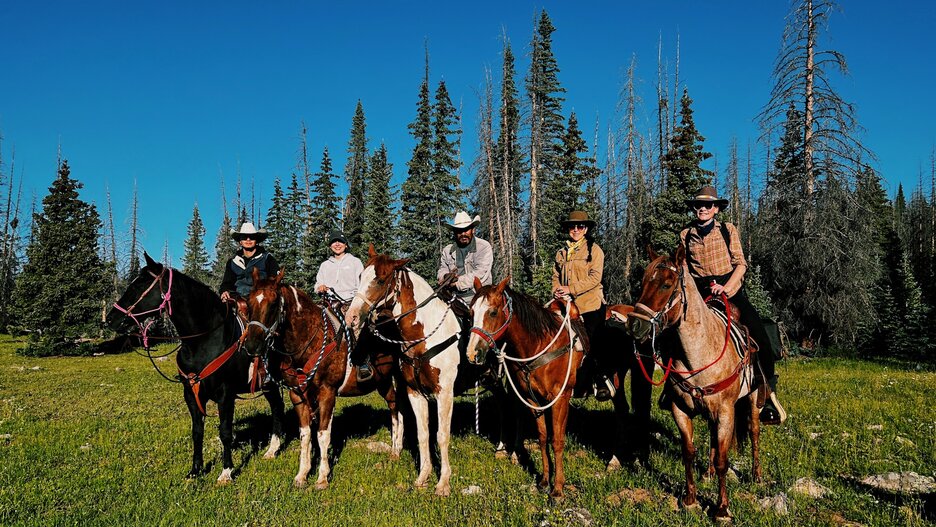
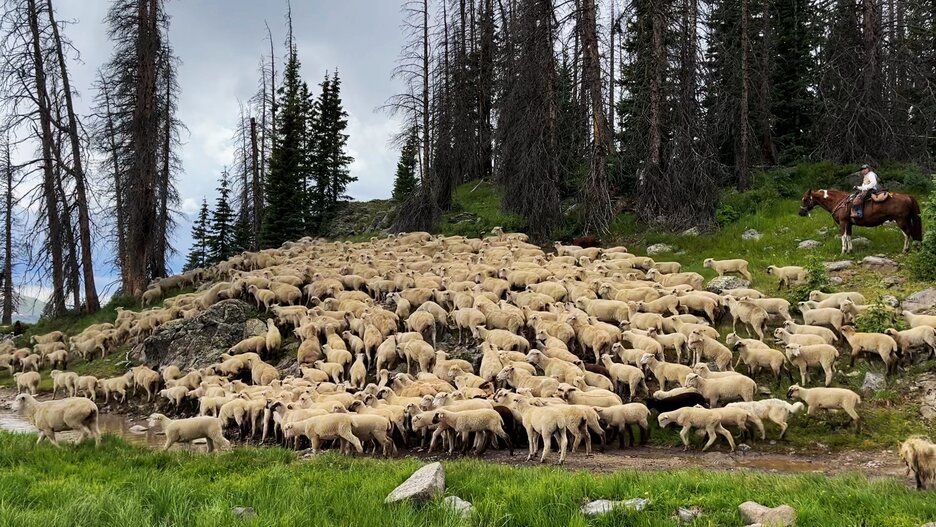
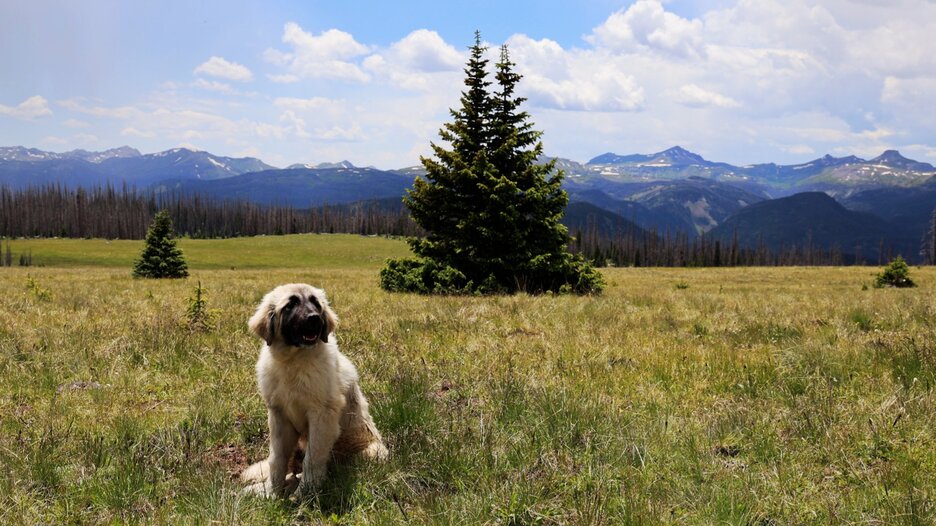
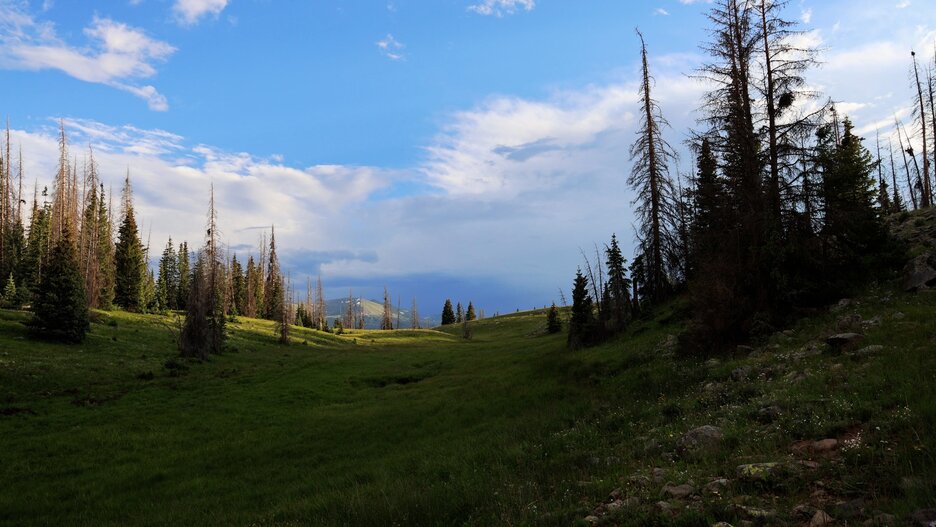
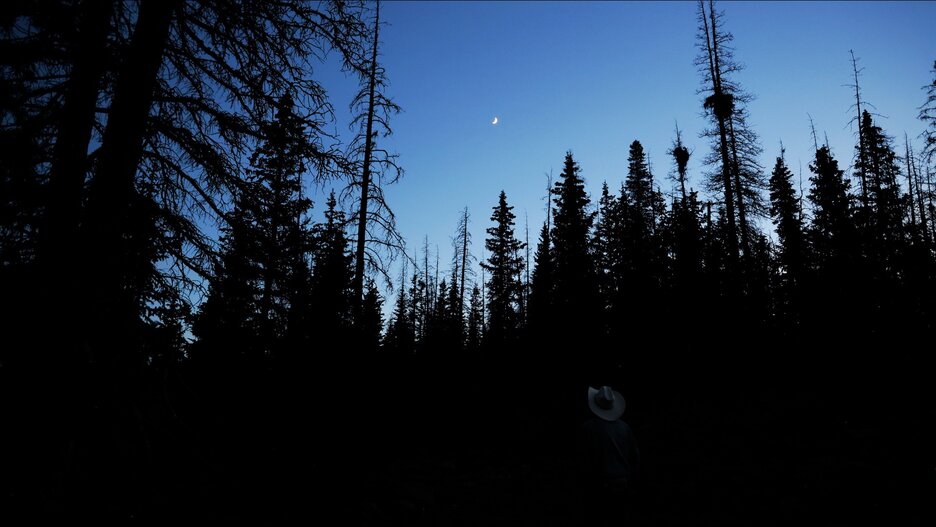
Family prepares food and encourages the riders to rest. Stories are told around the campfire until late at night, and eventually the camp retires. Each morning, coffee is made by boiling water in three, huge metal percolators that sit on wood and propane stoves. The family makes a breakfast of ham and pancakes, or scrambled eggs and tortillas and sliced green chile. Riders eat first. The call is made: “Riders, breakfast is ready! Any riders?” Later, as the horses are saddled and the riders prepare, the family supplies them amply for the day with snacks, water and a packed lunch. By the time riders arrive at the next camp site, their tents, water station, kitchen and camp fire will already be set up, leaving them to care for their horses and rest after a long day.
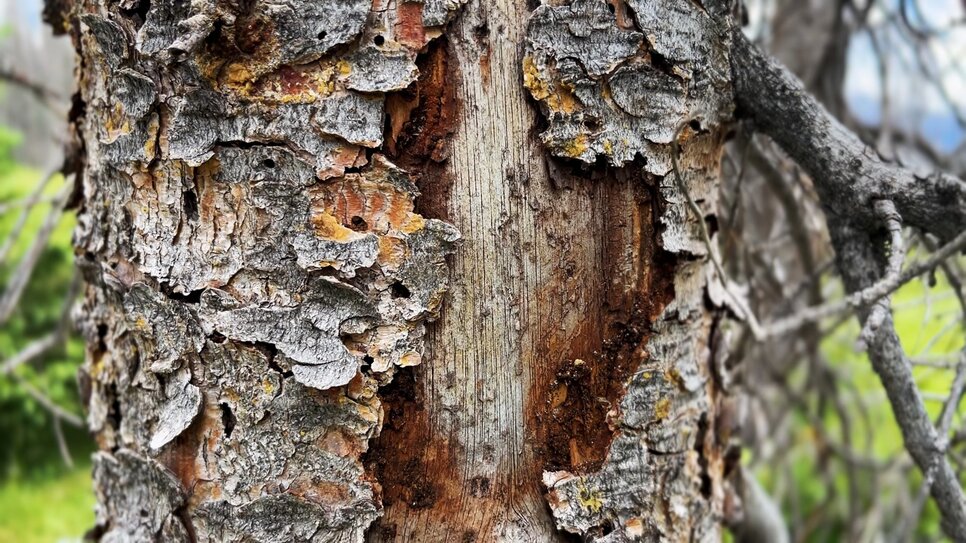
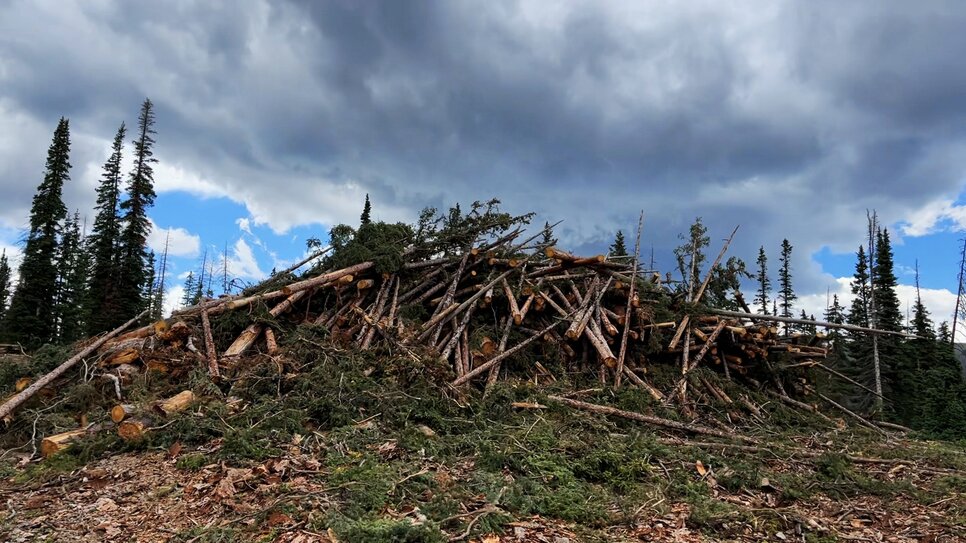
Bark beetle infestation in the San Juans has caused large amounts of downed and fallen timber throughout the forest that is starting to be cleared.
The horses and sheep are nimble at climbing and navigating the forested lands, including straight inclines and sliding rocks. Much of the trail is steep and grueling, with loose shale. The spruce beetle and other bark beetle infestations have blighted the forest over the last two decades, leaving downed timber and trail hazards. There are frequent stops to unload the chainsaw from the pack mule to clear trail for present and future riders.
Sheep Drive Day 5
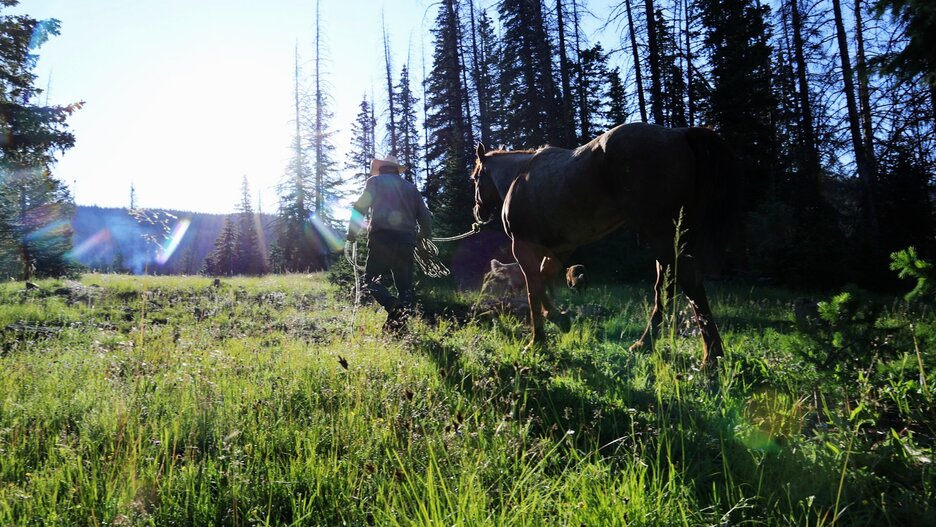
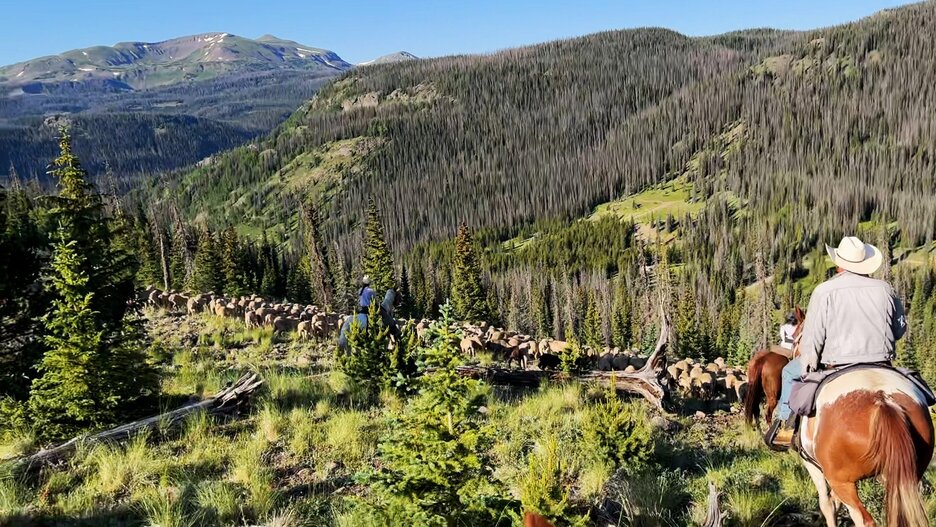
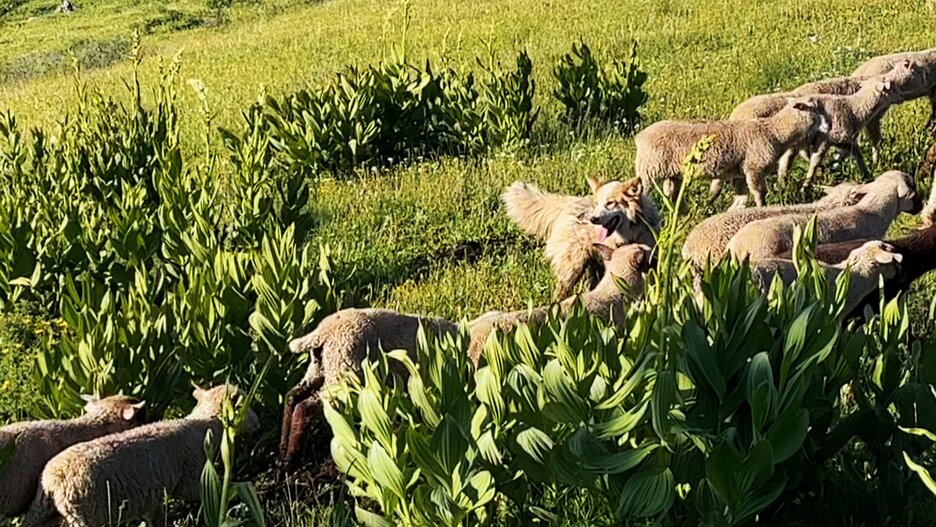
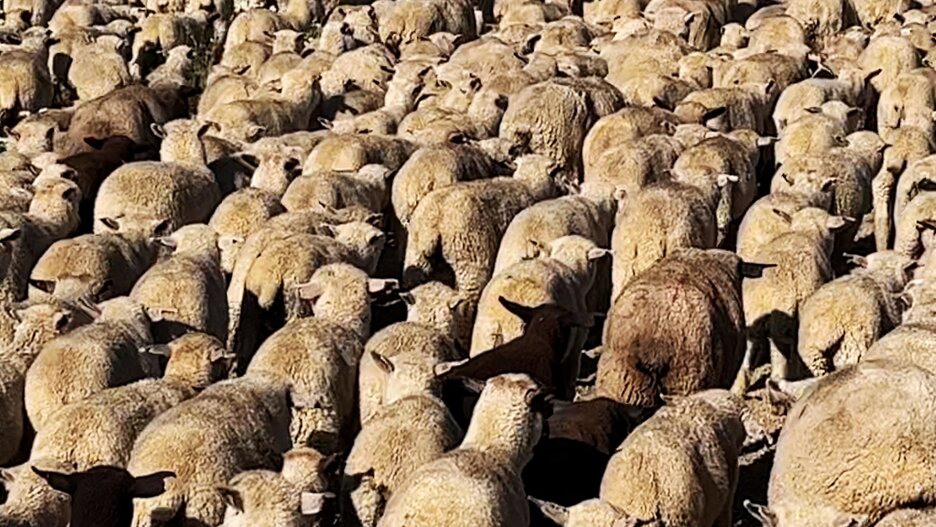
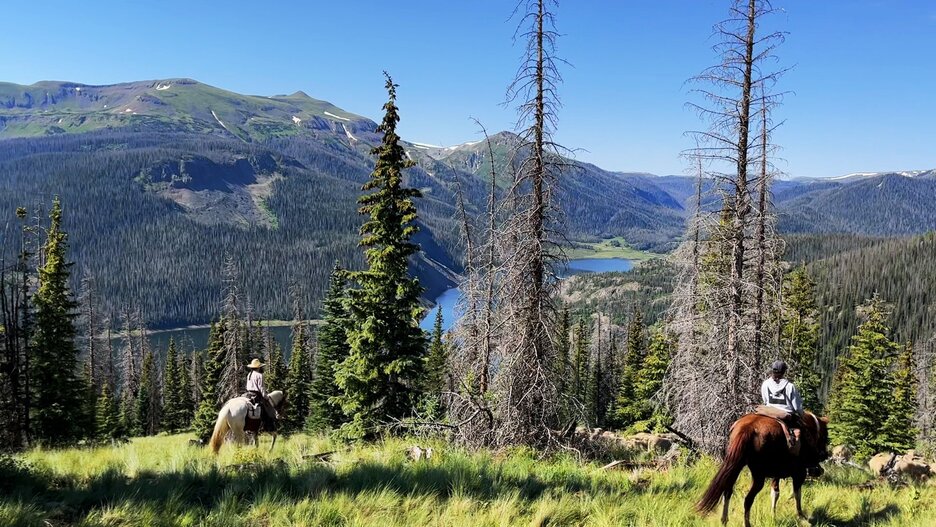
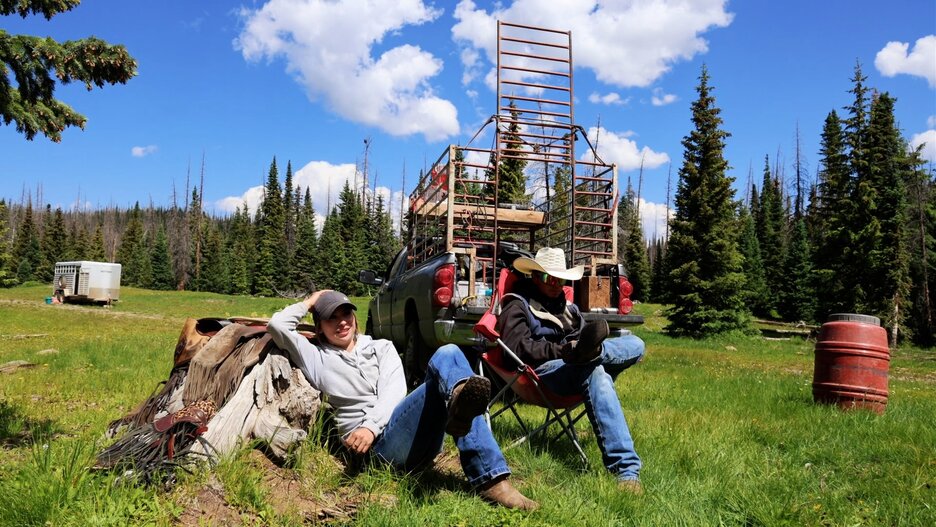
After three nights of camping on the outskirts of forested meadows, a final half-day jaunt high above Platoro brings the team to the first rotational pasture. The sheep are released to graze on the permit for the first time this year. Valdez and the shepherd confer on a grocery list, and the shepherd is left with two dogs, two horses, a tent, a wood stove, tools, feed and supplies. Valdez will make frequent visits until the herd is moved to the next pasture rotation in two to three weeks.
The sheep drive is an honored tradition in the Valdez family, with many of this year’s riders having gone on their first ride in their single digits. It is not uncommon for a five or eight year old to be put on the back of a horse to scale the mountain for their inaugural trip. Valdez himself has been going on sheep drives with his family since he was a little boy.
“Next year,” his five-year-old grandson said with a time-honored pride, “I’m going to ride on the sheep drive.”